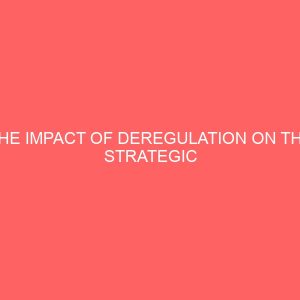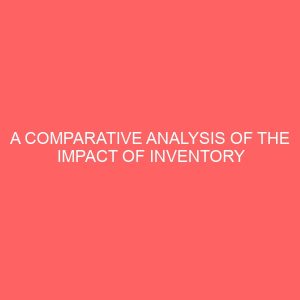Description
CHAPTER ONE INTRODUCTION 1.1 Background of the Study Area All over? the world, reasons for reforms in the public sector vary from country to country depending on the objective, peculiarity and the circumstance that the country finds itself. The issue of reform of the Nigerian downstream sector refining and distribution of petroleum products has been on for quite some time. It has however, become more compelling in the last few years given the trauma of scarify of petroleum products that the nation has continuously witnessed. Prior to 1965, petroleum products domestic requirements were met entirely through importation under a deregulated environment. By 1965, it had become apparent that the nation, haven gained independence five years earlier, could no longer rely on important for its entire requirement. Consequently, the first refinery in Nigeria -the old Port Harcourt refinery was built in 1965 as a commercial venture to provide petroleum product at market related prices. It was a 35,000 bard per day refinery jointly owned by shell (25%), British Petroleum (BP) 25%, the Federal Government (20%), and the three regional governments (10% each), (Kopolokun, 2004). However, by mid 1 970s, with the advent of the oil boom government became directly involved in the downstream sector by building two new refineries and lacking over the first. The Warn refinery was commissioned in 1978 while the Kaduna refinery came on stream in 1980. Government?s main objective was to make petroleum products available throughout the country (www.nnpcNigeria.com) With the change in ownership structure, the pricing, policy was modified and controlled to encouraged national distribution at uniform prices. This incidentally introduced the issue of bridging and price equalization at government?s expense. This was later inherited by the Nigerian National Petroleum Corporation (NNPC). However, these controlled prices did not respond to the continuously changing business and economic environment. Thus, the control, of petroleum products prices by government mark at difficult to earn enough resources to maintain the refining and distribution assets. Since the commencement of government?s direct involvement therefore, prices of major petroleum products such as premium motor spirit (PMS), Automotive Gas oil (AGO) and dual purpose kerosene were set by government. This, of course, has been disincentive to the private sector investment in refining (Kopolodun, 2004). Also, the impression is created that since Nigeria is an oil producing nation, petroleum product must be cheap regardless of the cost of productive. This has resulted in economic dislocation with its dire consequences. Such consequences include. Loss of revenue to government Petroleum products scarcity. Funding problem for NNPC, leaching to lack of regular maintenance of refining and distribution facilities. Capacity under utilization. Smuggling of petroleum products Divestment by marketers Wastages Adulteration of products Social and political unrest Poor economic growth Rampant pipetine ruptures and vandalisation ? Inadequate and ageing conastal vessels (NNPC News, January, 2005). The question in how can the NNPC, the refineries and the distribution sector in particular be repositioned to respond effectively to the dynamics of the oil industry for the maximum be







